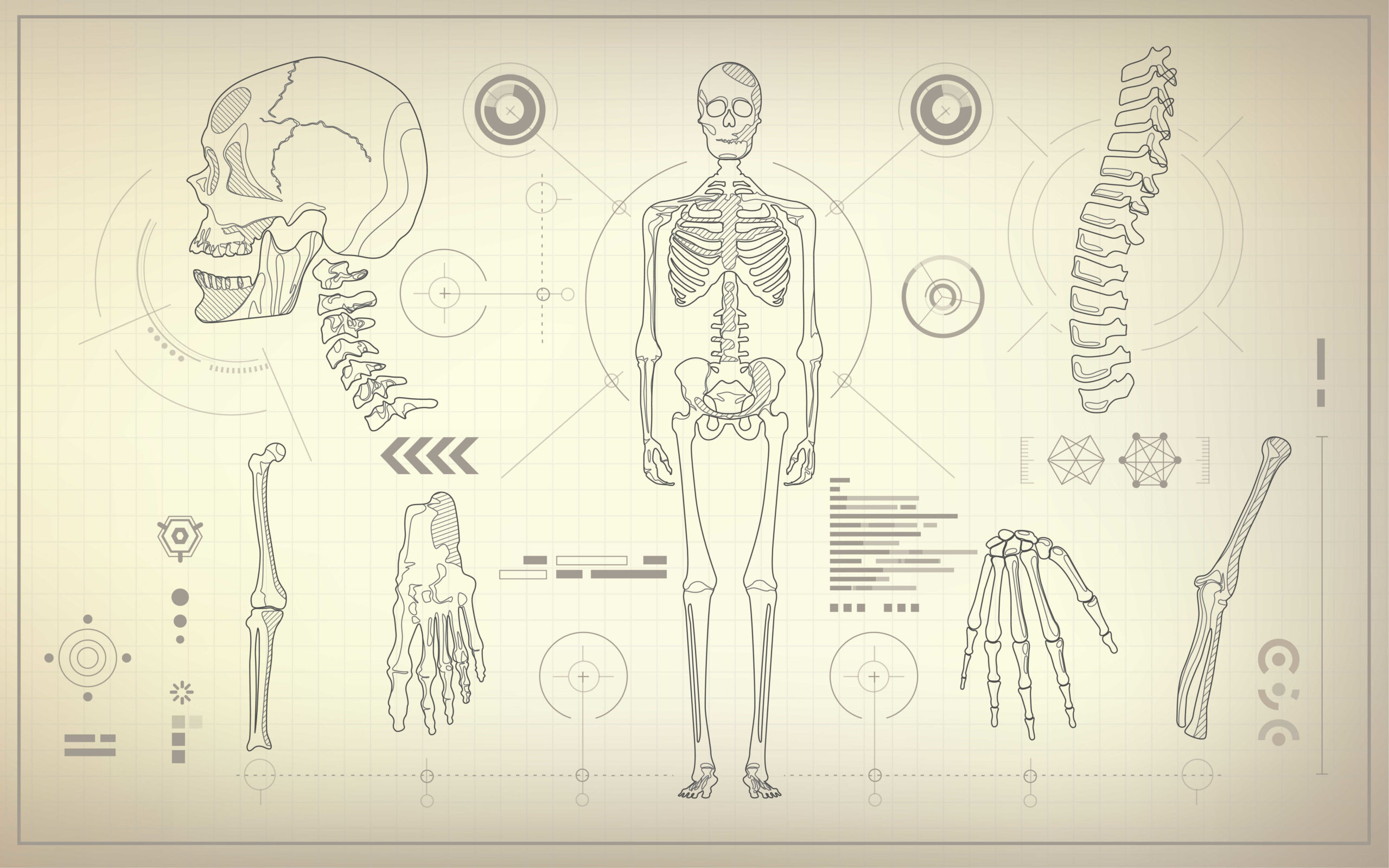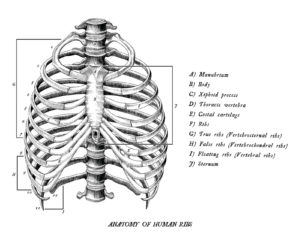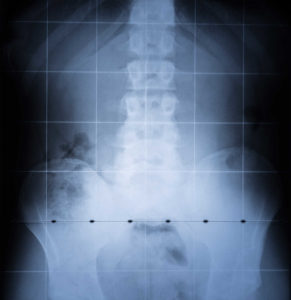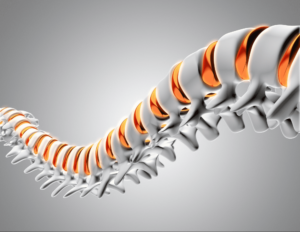Origins and Chiropractic History
The term “chiropractic” originally comes from a combination of Greek words. The word “cheir” (translating to ‘hand’) and “praktos” (meaning ‘done’) – when combined they literally mean “Done by Hand”. This word to describe the profession was incepted by Daniel Palmer and Samel Weed.
The methodologies and early techniques of chiropractic were incepted by Daniel David Palmer, who was a self-taught and fascinated by all things scientific. Palmer had realized that pain in the body was treated through various forms of manipulations with hands and other instruments, for hundreds (even thousands) of years. Even though people had been using this method of pain relief for centuries, nobody had truly developed a scientific explanation to explain the processes or effects.
According to the ACA, there are more than 70,000 licensed chiropractic care professions in the United States. Besides the United States, chiropractic care is recognized as a health care profession in other countries such as: Mexico, Canada, Australia, Japan, Switzerland, and Great Britain.
Even though in modern times chiropractic is a trusted and accepted pain relief solution, this was not always the case.
So, where did the history of chiropractic begin?
The First Chiropractic Adjustment
Due to Palmers lifelong studies of science and medicine along with practicing natural healing philosophies, he had developed theories about how the skeletal and muscular system worked together to enable proper range of motion in the body.
Around 1885 in Iowa, a partially deaf janitor, Harvey Lillard, was working in Palmers office with no shirt on. When Lillard bent over to empty a trashcan, Palmer noticed that he had a vertebra out of position. When Plamer asked what had happened, Lillard responded “I moved the wrong way, and I heard a ‘pop’ in my back, and that is when I lost my hearing”.
Palmer had Lillard lie face down and proceeded to adjust the misaligned vertebra back into the proper position. The very next day, Lillard reported to Palmer that he “could hear the racket on the streets” again – this eye-opening experience validated Palmers theories and acted as a catalyst to his continued research and eventually opening the Palmer School of Chiropractic a few years later.
Humble Beginnings
Palmer viewed the body as a “machine” that had various moving parts. These individual parts could be manipulated to produce treatments that helped reduce pain, without relying on medication – in those times drugs such as cocaine, heroin, and opioids were prescribed to patients for a wide range of medical ailments.
During these times, there was conflict between those who coined themselves as “chiropractors” and medical doctors who went by “osteopaths”. Although they both had very similar notions about the methodologies and practiced spinal manipulation to cure joint dysfunction and improve health, they did not see eye to eye.
Osteopaths actually sought out to eliminate the practice of chiropractic. A new osteopathy law was created, making it illegal to practice osteopathic medicine without the proper license. This law led to many chiropractors, including Palmer himself to be arrested and forced to serve time in jail.
Progression Of Chiropractic Profession
In 1907, Shegataro Morikubo DC was charged with the unlicensed practice of osteopathy, which was the first case presented under the new osteopathy law. Morikubo ended up winning in court, citing the book “Modernized Chiropractic” which clearly heighted the differences between osteopathy and chiropractic. The deciding factor was that osteopathy operates in “supremacy of the artery”, while chiropractic focuses on “supremacy of the nerve”.
This landmark court case set the development of the profession towards what it would eventually turn into today, a combination of science, art, and philosophy.
In response to these osteopathy laws, chiropractors were able to obtain a separate licensing status starting in 1913 and became recognized in all 50 states by 1974.
Modern Day Chiropractic
Although the history of chiropractic included many roadblocks, chiropractic today is a widely accepted profession that is recognized for its incredible pain relief benefits, without the use of medication or the need for surgery. In stark contrast to its humble beginnings.
Over the years, many different chiropractic techniques have been tested and proven to reduce musculoskeletal pain. If you are wondering which specific chiropractic technique may be best for your, please check out our article “Chiropractic Techniques“.
As opposed to the turn of the 20th century, when chiropractic was ostracized by the general medical community, it is now welcomed with open arms. Many medical practices and hospitals now coin themselves as multidisciplinary, which are integrated with Doctors of Chiropractic (DC). The profession continues to become more integrated with mainstream medicine as the years go on.
Are you searching for a “chiropractor near me“?
Spinal adjustments are just one of the many tools that modern day professionals have at their disposal. At South Pointe Chiropractic, our chiropractors use a wide variety of techniques to treat chronic pain patients such as: therapeutic massage, exercise instruction, myofascial release, instrument assisted soft tissue mobilization, trigger point therapy, cupping, dry needling, kinesio taping, and nutritional advice.
Not only do we address the root cause of our patients’ pain, we are a full integrated medical clinic that includes primary care, chiropractic, and physical therapy all working together to provide the best possible care for our patients.




